Affordable Learning Exchange: Past, Present, Future

Higher education is beneficial to people of all ages and backgrounds as it fosters many skill sets and abilities that may not be easily obtained otherwise. But the prices of tuition and textbooks are increasing exponentially. High prices can deter learners from even attempting a degree, while others who receive a diploma question if it's worth the pile of student debt that comes along with it.
Ohio State’s own Affordable Learning Exchange (ALX) understands this frustration and works to make resources more accessible. This team of four within the Office of Technology and Digital Innovation (OTDI) partners not only with groups across campus, but also groups across the state of Ohio, all in an effort to make courses more affordable for students. Through faculty grants and textbook initiatives, ALX has worked to benefit students and professors alike for the past seven years.
In the beginning
In 2015, Ashley Miller, Associate Director of Affordability and Access, was part of a cross-campus team including Learning Technology, University Libraries, student government and others to envision the future of textbook affordability at Ohio State. Those conversations resulted in the launch of the ALX program. Now serving in a leadership role on the team, she is grateful to be involved in so many transformative projects, including those that help faculty curate and create media to replace expensive publisher textbooks.
Through her work, Miller has “gained a deeper understanding on what it means to transfer a course towards affordable options. It is not always about the textbook… instructors can modify their teaching strategies to increase the engagement, excitement, and conversations between faculty and students.” During our conversation, Miller reflected on her former “black and white thinking” of teaching with textbooks and how this program has really transformed her approach within ALX.
Another ALX team member, Michael Shiflet started working on a program called Book Launch with Miller. Now he is the Digital Publishing Coordinator for ALX, facilitating the cohort’s current initiative, CarmenBooks. Shiflet works with publishers to provide discounts for digital textbooks, and on average, CarmenBooks are 75-80% off the original retail prices. Since the program began, Shiflet was proud to announce that CarmenBooks has saved students over 16 million dollars. And as digital textbooks are becoming more prevalent after COVID-19, student savings are averaging over 3 million dollars per semester.
Alexis Duffy, the Affordable Outreach and Education Consultant, joined ALX in 2016. Duffy is involved with faculty grant management, and she reminisced on her work with the English professor, Karen Winstead. Duffy helped manage Winstead’s process of turning Vampire Literature into a course textbook, which allows students to follow “Dracula’s” characters on thier Grand Tour of Europe by including geographical and interactive context. Duffy said that this professor truly “brought a new life” to literature materials.
These textbook grants and affordability programs would not be possible without the collaborations between Ohio State’s Undergraduate Student Government (USG) and University Libraries. Duffy explained how USG has been a crucial player, as it is important to have student perspectives when creating student-facing projects. She also emphasized that the libraries are “an extremely powerful partnership,” in that the subject-specialized librarians can be helpful for instructors hoping to create their own course materials.
Statewide expansion
Two years after the Affordable Learning Exchange was formed, it expanded across the state. Amanda Postle, ALX’s project manager, was pulled onto the team in 2017 with a grant to fund OOEC, Ohio Open Ed Collaborative, where faculty from schools across Ohio designed open educational resources. With a goal to “promote educational excellence and economic efficiency throughout the state in order to stabilize or reduce student tuition rates,” statewide faculty joined forces to create accessible general education courses like fundamentals of psychology and calculus. Postle and the Ohio Department of Higher Education (ODHE) oversaw and facilitated this program.
“This was a huge project,” Postle said, “but it was really cool to work with different faculty members across Ohio, plus librarians and organizations that bring colleges together.” This plan has reduced the cost of current textbooks by at least 70% in these high enrollment courses. While their main goal was to increase affordability to higher education, it also “enhanced opportunities for faculty innovation and collaboration.” For the future of ALX’s collaboration with ODHE, Postle will work alongside the OOEC steering committee to reimagine and update materials during the next fiscal year. The ultimate goal of this work is to drive adoptions at Ohio State and beyond.
Future endeavors
The ALX team has some big things planned for Ohio State campuses in the coming semesters. First, Miller is excited to partner with mathematics instructors on our Newark campus. A previous ALX grant funded an instructor to replace his Math 1050 textbook with one that is free, and ALX hopes to continue this collaboration to bring more affordable textbooks to students across Newark campus. This project with Newark is just the beginning for extending the reach of ALX across all Ohio State campuses.
Duffy is also planning to continue work on the Content Camp initiative and Quiz Exchange tool. Many instructors rely on costly textbooks not only for the content, but for the test banks and other ancillary materials. Content Camp and Quiz Exchange aim to help instructors move away from textbooks by offering peer-reviewed material on a wide range of subjects. Content Camp is a collaborative platform for professors to brainstorm, author, and review new material, and these reviewed assessment items are shared through the Quiz Exchange tool.
If one thing is certain about this group’s upcoming endeavors, by the end of 2022, ALX will have worked with hundreds of faculty members and impacted over 200,000 students—in turn, propelling their total student savings number above a whopping 30 million dollars.





